SUMMARY
This is AI generated summarization, which may have errors. For context, always refer to the full article.

General Santos City, known as the country’s tuna capital, is now hosting an international cultural festival, held for the first time in the Philippines.
Budayaw Festival, which kicked off last September 20, showcases the diversity of performances and creative expressions from cultural masters and artists in the Brunei Darussalam-Indonesia-Malaysia-Philippines East ASEAN Growth Area (BIMP-EAGA). For the Philippines, the BIMP-EAGA is especially focused on Mindanao and Palawan.

Budayaw is a combination of two words: the Malay word budaya, meaning culture, and the Filipino word dayaw, meaning celebration.
The theme for this year’s festival, “Taking Pride in the Creative Diversity of the BIMP-EAGA Region,” is portrayed through vibrant performances, colorful and detailed art exhibits, and other events like cultural workshops and lectures.
Budayaw is spearheaded by the National Commission for Culture and the Arts (NCCA), in partnership with other agencies like the Department of Tourism Region XII, which General Santos City is a part of.


The public can watch some of the performances from the participating countries on each day of the festival. Performances are a combination of modern and traditional, notable of which are traditional dances and performances of indigenous musical instruments.


The performances are mostly at the malls SM, KCC Convention Hall, and Veranza Mall.
Another noteworthy performance is the “Southern Weaves,” a fashion show of clothes designed using indigenous fabrics. Creations from Mindanao designers were paraded in the KCC Convention Hall’s runway, followed by creations using Luzon, Visayas, and Mindanao fabrics by veteran Filipino designer Renee Salud.



Different art and culture exhibits can also be viewed in the mentioned malls. A visual arts exhibit where works from participating countries are on display can be visited at Veranza Mall, while exhibits of indigenous weaves and on Muslim Filipino culture and history can be found at SM.

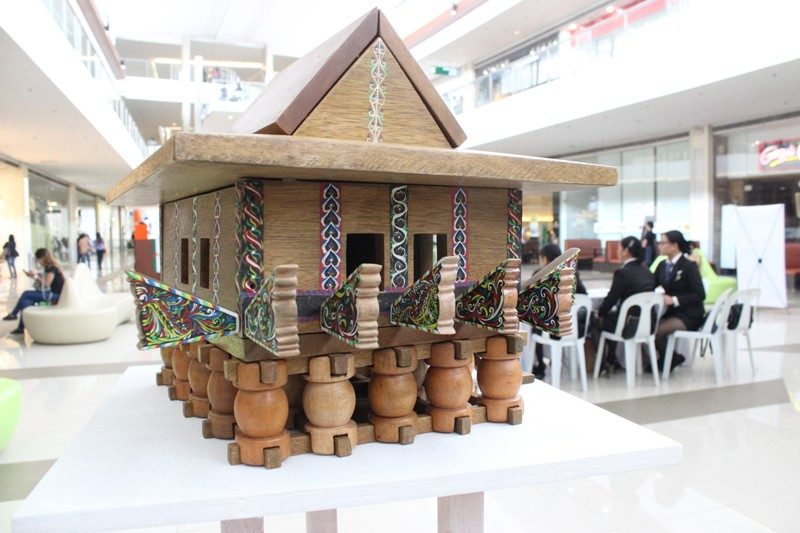

The festival also has interactive activities, like the paper crafts making organized by NCCA. First, the NCCA resident artist demonstrated making paper crafts of different architectural landmarks from the BIMP-EAGA, before participating students began to make their own paper crafts.
The festival also has a travel and trade fair in Gaisano Mall where guests can buy souvenirs from stalls representing the different Mindanao regions. Here, mallgoers or those simply interested in Budayaw, can take home indigenous weaves and other local products, and taste specialty food items.
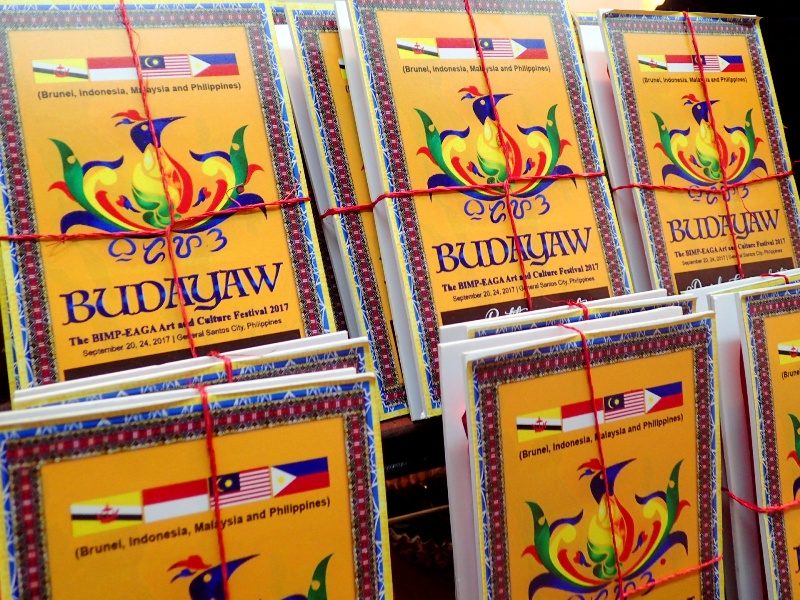
The festival runs until Sunday, September 24. Catch it as it happens via the Budayaw YouTube Livestream. You can also check out their official Facebook page. – Rappler.com
Claire Madarang is a writer, researcher, and documenter whose work and wanderlust takes her to adventures like backpacking for seven weeks and exploring remote islands and bustling cities alike. Follow her adventures, travel tips, and epiphanies at Traveling Light.
What an amazing festival! Inspired to experience other cultures as well? Check out our coupons for the best deals on travel and hotels.
Add a comment
How does this make you feel?
There are no comments yet. Add your comment to start the conversation.